
FREE SHIPPING ON
ALL QUALIFYING ORDERS
Enter your email below to join our mailing list:
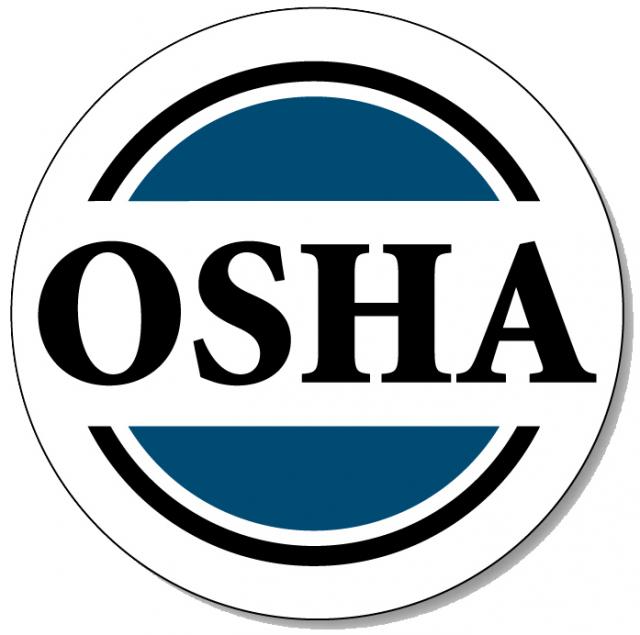
“General requirements.”
1926.453(a)(1)
Unless otherwise provided in this section, aerial lifts acquired for use on or after January 22, 1973 shall be designed and constructed in conformance with the applicable requirements of the American National Standards for “Vehicle Mounted Elevating and Rotating Work Platforms,” ANSI A92.2-1969, including appendix. Aerial lifts acquired before January 22, 1973 which do not meet the requirements of ANSI A92.2-1969, may not be used after January 1, 1976, unless they shall have been modified so as to conform with the applicable design and construction requirements of ANSI A92.2-1969. Aerial lifts include the following types of vehicle-mounted aerial devices used to elevate personnel to job-sites above ground:
1926.453(a)(1)(i)
Extensible boom platforms;
1926.453(a)(1)(ii)
Aerial ladders;
1926.453(a)(1)(iii)
Articulating boom platforms;
1926.453(a)(1)(iv)
Vertical towers; and
..1926.453(a)(1)(v)
1926.453(a)(1)(v)
A combination of any such devices. Aerial equipment may be made of metal, wood, fiberglass reinforced plastic (FRP), or other material; may be powered or manually operated; and are deemed to be aerial lifts whether or not they are capable of rotating about a substantially vertical axis.
1926.453(a)(2)
Aerial lifts may be “field modified” for uses other than those intended by the manufacturer provided the modification has been certified in writing by the manufacturer or by any other equivalent entity, such as a nationally recognized testing laboratory, to be in conformity with all applicable provisions of ANSI A92.2-1969 and this section and to be at least as safe as the equipment was before modification.
1926.453(b)
“Specific requirements.”
1926.453(b)(1)
Ladder trucks and tower trucks. Aerial ladders shall be secured in the lower traveling position by the locking device on top of the truck cab, and the manually operated device at the base of the ladder before the truck is moved for highway travel.
1926.453(b)(2)
Extensible and articulating boom platforms.
1926.453(b)(2)(i)
Lift controls shall be tested each day prior to use to determine that such controls are in safe working condition.
1926.453(b)(2)(ii)
Only authorized persons shall operate an aerial lift.
..1926.453(b)(2)(iii)
1926.453(b)(2)(iii)
Belting off to an adjacent pole, structure, or equipment while working from an aerial lift shall not be permitted.
1926.453(b)(2)(iv)
Employees shall always stand firmly on the floor of the basket, and shall not sit or climb on the edge of the basket or use planks, ladders, or other devices for a work position.
1926.453(b)(2)(v)
A body belt shall be worn and a lanyard attached to the boom or basket when working from an aerial lift.
Note to paragraph (b)(2)(v): As of January 1, 1998, subpart M of this part (1926.502(d)) provides that body belts are not acceptable as part of a personal fall arrest system. The use of a body belt in a tethering system or in a restraint system is acceptable and is regulated under 1926.502(e).
1926.453(b)(2)(vi)
Boom and basket load limits specified by the manufacturer shall not be exceeded.
1926.453(b)(2)(vii)
The brakes shall be set and when outriggers are used, they shall be positioned on pads or a solid surface. Wheel chocks shall be installed before using an aerial lift on an incline, provided they can be safely installed.
1926.453(b)(2)(viii)
An aerial lift truck shall not be moved when the boom is elevated in a working position with men in the basket, except for equipment which is specifically designed for this type of operation in accordance with the provisions of paragraphs (a)(1) and (2) of this section.
..1926.453(b)(2)(ix)
1926.453(b)(2)(ix)
Articulating boom and extensible boom platforms, primarily designed as personnel carriers, shall have both platform (upper) and lower controls. Upper controls shall be in or beside the platform within easy reach of the operator. Lower controls shall provide for overriding the upper controls. Controls shall be plainly marked as to their function. Lower level controls shall not be operated unless permission has been obtained from the employee in the lift, except in case of emergency.
1926.453(b)(2)(x)
Climbers shall not be worn while performing work from an aerial lift.
1926.453(b)(2)(xi)
The insulated portion of an aerial lift shall not be altered in any manner that might reduce its insulating value.
1926.453(b)(2)(xii)
Before moving an aerial lift for travel, the boom(s) shall be inspected to see that it is properly cradled and outriggers are in stowed position except as provided in paragraph (b)(2)(viii) of this section.
1926.453(b)(3)
Electrical tests. All electrical tests shall conform to the requirements of ANSI A92.2-1969 section 5. However equivalent d.c.; voltage tests may be used in lieu of the a.c. voltage specified in A92.2-1969; d.c. voltage tests which are approved by the equipment manufacturer or equivalent entity shall be considered an equivalent test for the purpose of this paragraph (b)(3).
..1926.453(b)(4)
1926.453(b)(4)
Bursting safety factor. The provisions of the American National Standards Institute standard ANSI A92.2-1969, section 4.9 Bursting Safety Factor shall apply to all critical hydraulic and pneumatic components. Critical components are those in which a failure would result in a free fall or free rotation of the boom. All noncritical components shall have a bursting safety factor of at least 2 to 1.
1926.453(b)(5)
Welding standards. All welding shall conform to the following standards as applicable:
1926.453(b)(5)(i)
Standard Qualification Procedure, AWS B3.0-41.
1926.453(b)(5)(ii)
Recommended Practices for Automotive Welding Design, AWS D8.4-61.
1926.453(b)(5)(iii)
Standard Qualification of Welding Procedures and Welders for Piping and Tubing, AWS D10.9-69.
1926.453(b)(5)(iv)
Specifications for Welding Highway and Railway Bridges, AWS D2.0-69.
Note to 1926.453: Non-mandatory Appendix C to this subpart lists examples of national consensus standards that are considered to provide employee protection equivalent to that provided through the application of ANSI A92.2-1969, where appropriate. This incorporation by reference was approved by the Director of the Federal Register in accordance with 5 U.S.C. 552(a) and 1 CFR part 51. Copies may be obtained from the American National Standards Institute. Copies may be inspected at the Docket Office, Occupational Safety and Health Administration, U.S. Department of Labor, 200 Constitution Avenue, NW., room N2634, Washington, DC or at the Office of the Federal Register, 800 North Capitol Street, NW., suite 700, Washington, DC.
[58 FR 35182, June 30, 1993; 61 FR 46025, Aug. 30, 1996; 61 FR 59831, Nov. 25, 1996]
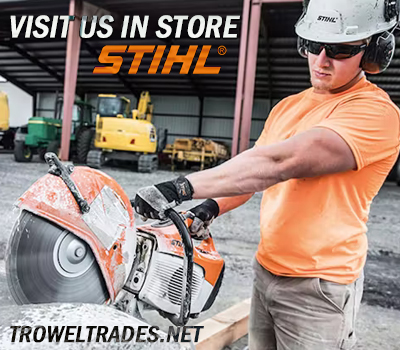

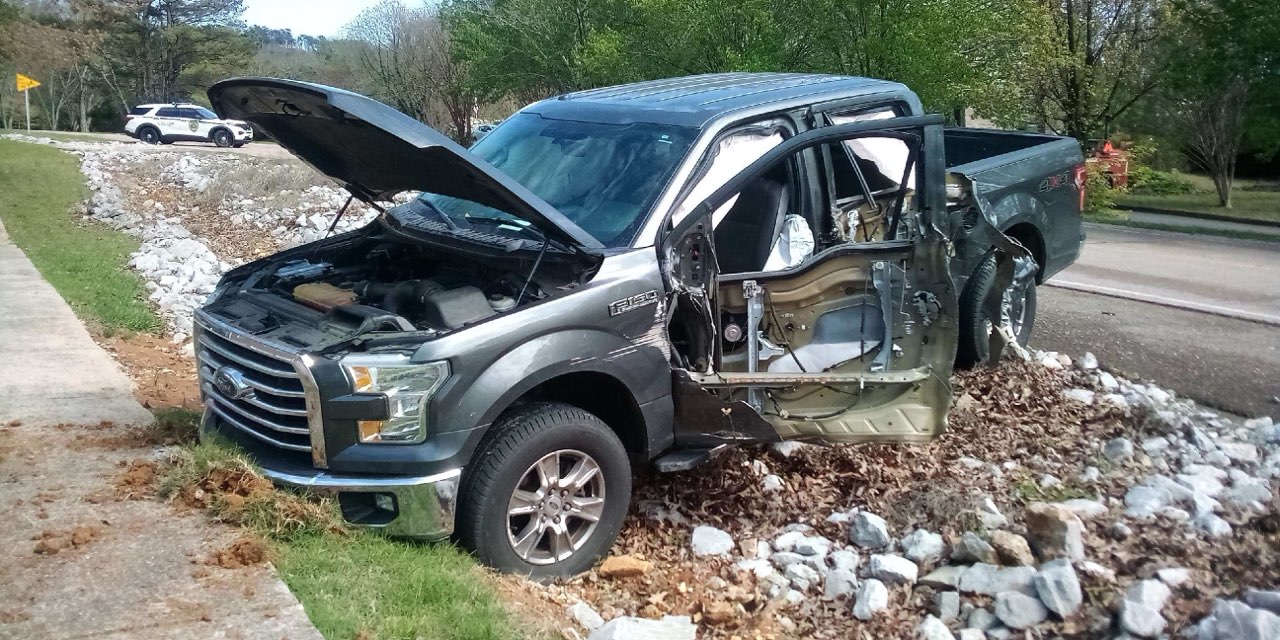
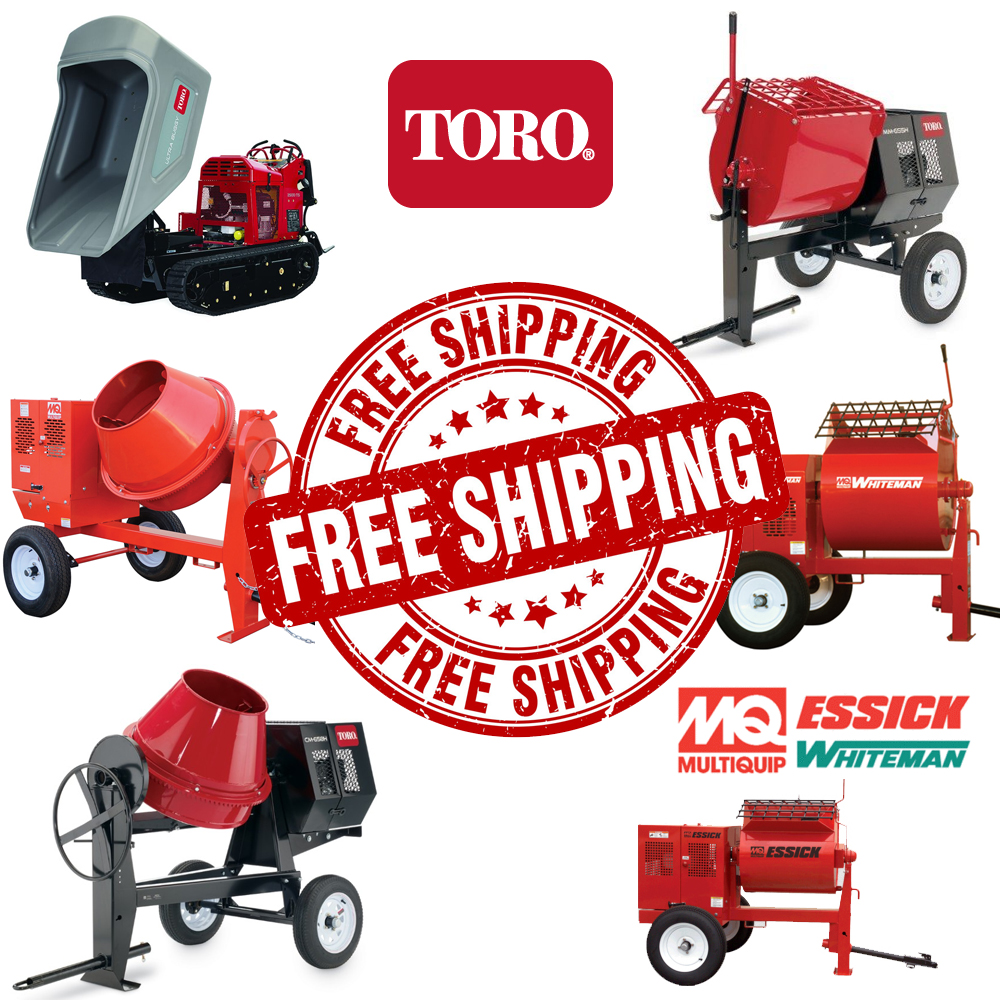
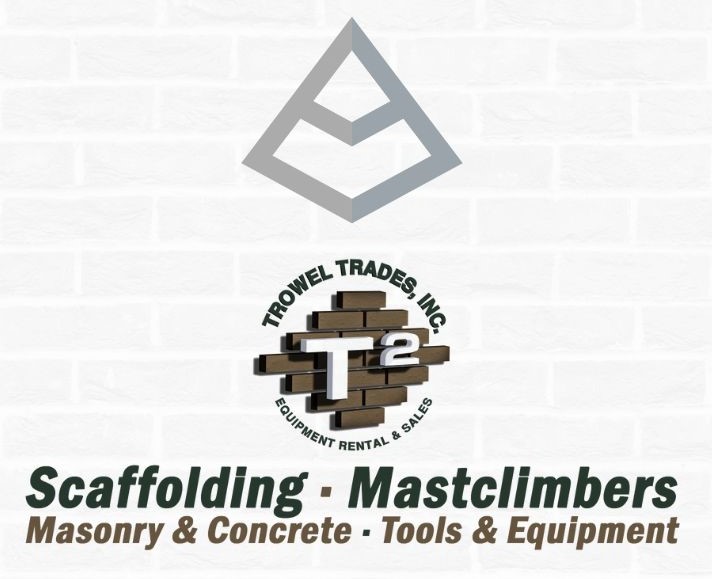
No spam, notifications only about products and updates.

Having dealt with MK Diamond Products and the Delahauts since the mid 1990’s it is sad to hear the news that they have closed their

I’ve told my wife and daughter to never follow a mortar mixer down the interstate. For over 30 years we have sold, rented, and repaired

This question is one of the most frequent mixer related questions our rental staff are asked. Our contractor customers know the importance of using the right tools for the job.

Trowel Trades, a company that specializes in equipment rental, tool retail, repair services, scaffolding and mast climber access solutions, enters the Silver Tier of the Masonry Alliance Program.
Your email was submitted successfully.
YOUR 10% OFF COUPON CODE IS WELCOME10.
See category exclusions below.
Category Exclusions:
Arbortech Brick and Mortar Saw, Compaction, Concrete Mixers, Concrete Walk Behind Saws, Drop Hammers, Grout Hogs, iQ Power Tools, Masonry Block Saws, Masonry Brick Saws, Mast Climbers, Mortar Mixers, Mud Buggy, Saws, Scaffold, Self Dumping Hoppers, Shoring, and Stihl